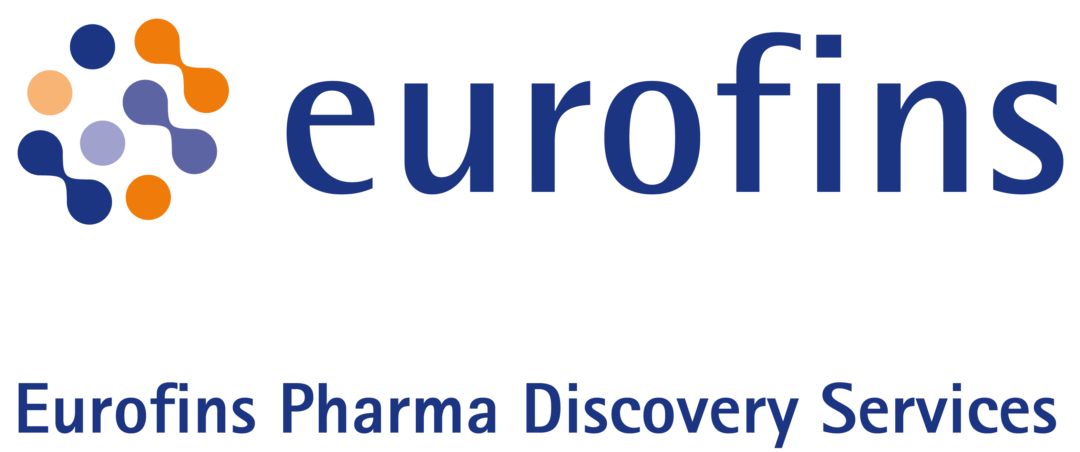On March 21st 2018 the European Commission published with its Recommendation (EU) 2018/464 the call for the monitoring of arsenic (preferably total arsenic and inorganic arsenic), cadmium, iodine, lead and mercury (preferably total mercury and methyl mercury) in the following products:
- Edible halophytes, such as Salicorna europaea, Tetragonia tetragonoides
- Seaweed species, reflecting consumption patterns and feed uses, including Arame (Ecklonia bicyclis), Bladderwrack (Fucus vesiculosus), Dulse (Palmaria palmata), Hiziki (Hizikia fusiforme), Irish moss (Chondrus crispus), Oarweed (Laminaria digitata), Kombu (Laminaria japonica, Saccharina japonica), Nori or Purple laver (Porphyra and Pyropia), Rockweed (Ascophyllum nodosum), Sea lettuce (Ulva sp.), Sea spaghetti (Himanthalia elongata), Serrated wrack (Fucus serratus), Sponge seaweed (Codium sp.) Sugar kelp (Sacharina latissima) Wakame (Undaria pinnatifida) and Winged kelp (Alaria esculenta)
- Food additives based on seaweed such as alginic acid and alginates, agar, carageenan, euchema seaweed and carotenes based on algae (E400, E401, E403, E404, E405, E406, E407, E407a and E160a(iv).
Background of the Monitoring Recommendation is the steadily increasing consumption of seaweed and halophytes within the EU. Available occurrence data show that seaweeds contain significant amounts of arsenic, cadmium, iodine, lead and mercury. Therefore the objective of the monitoring is to assess the need to introduce maximum levels for arsenic, lead and cadmium in these products or to amend the maximum residue level for mercury in algae and prokaryotic organisms or if any actions have to be taken related to the exposure of iodine from these products.

